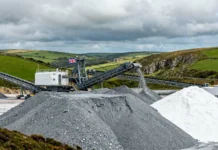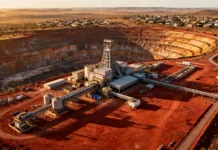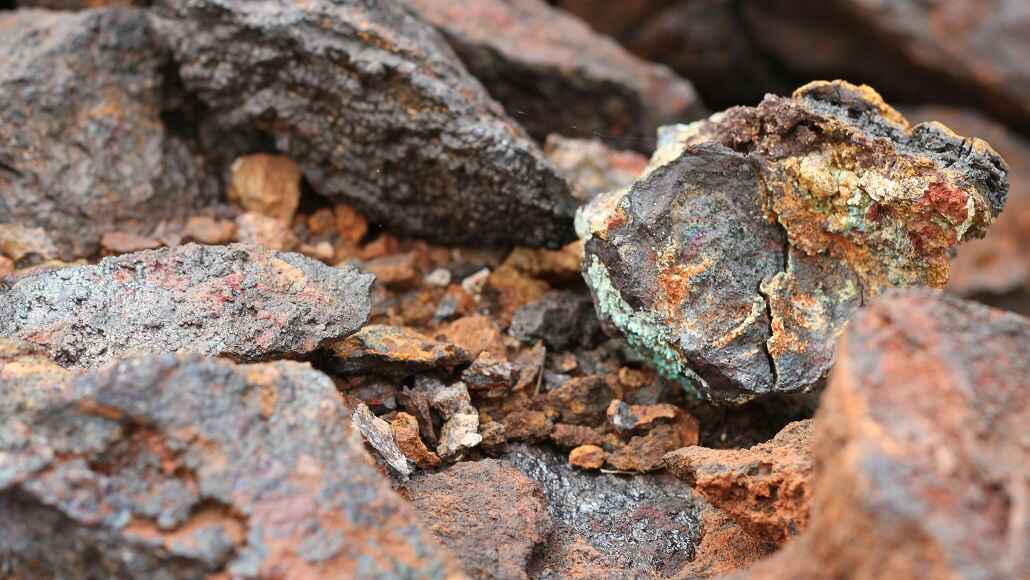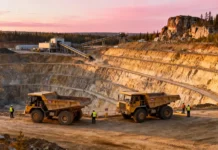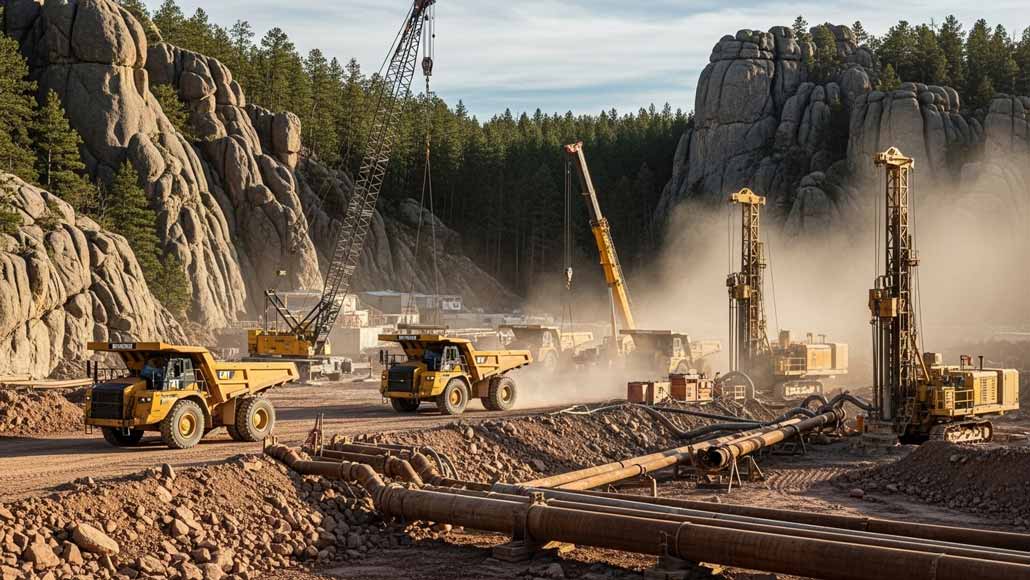The US federal officials have opted for a uranium mining proposal that has been lingering in southwestern South Dakota for a fast-permitting process.
All this doesn’t mean the Dewey Burdock project has been given a go-ahead. Rather, it happens to mean that the project is going to be included in FAST-41 program, which happens to be a federal process that is meant to enhance the coordination among the permitting agencies and, at the same time, also hold them accountable when it comes to deadlines. Apparently, the 25-person federal Permitting Council says that it can very well slash 18 months from the review time of the project.
The Dewey Burdock project, which is named for rural locations that are near to Edgemont along the southwestern edge of the Black Hills, has been in the works for almost a couple of decades. It needs umpteen federal and state as well as local permits and has been completely involved in administrative as well as court appeals for many years now.
Apparently, the FAST-41 program was developed by Title 41 of the Fixing America’s Surface Transportation Act, which was signed into law by the then-President Barack Obama back in 2015. Coverage originally went on to focus upon transportation infrastructure. It was thereafter expanded to certain mining projects at the time of the final days of the first presidential administration of Donald Trump in 2021.
It is worth noting that Trump went ahead and signed an executive order earlier in 2025 that directed the federal officials to speed up the domestic critical mineral production, which includes the likes of copper, titanium, zinc, and uranium. His administration happens to be increasingly using FAST-41 program in order to carry out the order.
As per the company, the project could very well begin working in two years.
William Sheriff, the Executive Chairman of EnCore Energy, said in a news release that the Texas-based company is indeed focused on building a stronger domestic supply when it comes to clean and affordable energy and also providing economic stimulus to southwest South Dakota. It is well to be noted that uranium is a major ingredient when it comes to nuclear power production.
The head of communications for enCore, Janet Lee-Sheriff, said the company had already applied for FAST-41 program with the hope that it was a public, open, and transparent process that had crystal-clear guidelines.
Apparently, the fast-track process can very well be misconstrued as pushing permitting like a bulldozer, said Lee-Sheriff; however, there lies no guarantee that the project is going to get the approval.
Lee-Sheriff said that the reason they went ahead and applied was due to the fact that they wanted the federal process coordinated in order to give the state the level of confidence that the project will or probably will not move forward.
The fact is that once the permits are very well dealt with when it comes to the federal level, the state can very well begin its own permitting process.
Apparently, in the next couple of months, the Permitting Council is going to come up with a schedule that federal agencies as well as the company are anticipated to meet. There would be updates, which will be posted to the product page of the company at the federal Permitting Dashboard.
The point is that if everything happens to go as per the plan, as per Lee-Sheriff, the project could very well get the clearance by way of the federal process by 2026, and the process of state permitting could thereafter start.
Lee-Sheriff added that in their best case, the state will get involved once it sees this moving forward at the federal level and that they would then be able to advance the project to the realms of development in the next two years.
Opponents look to continue challenging the project
In a news release, EnCore said that its method is going to have a minimal surface disturbance as compared to the open pits and tunnels that were used to mine uranium within the same area right from the 1950s to the ’70s. Lee-Sheriff went on to describe the operation as a series of beehives having piping underground.
As a matter of fact, this method is called in situ mining, which is drilling wells so as to inject a water-based solution underground, dissolving the uranium and, at the same time, pumping it to the surface. The water would then get pulled from the local aquifers and thereafter get treated and pumped back to the underground post being used for mining, therefore causing the opponents to fear pollution of the local sources of water.
Black Hills Clean Water Alliance executive director Lilias Jarding said that the organization was formed in 2009 in response to the Dewey Burdock project. She remarked that the organization is going to continue to oppose the project due to its potential threat when it comes to groundwater and the people who happen to depend on it.
Jarding added that there is indeed a danger to water as well as human health, and these are primarily the two main threats.
Interestingly, the Oglala Sioux Tribe, along with the NDN Collective, has also gone ahead and opposed the project due to concerns about the potential impacts when it comes to historic and cultural sites across the Black Hills, which happen to be central to some traditional spiritual beliefs as well as practices for the tribe.
There is one more company named Clean Nuclear Energy Corp. that filed a uranium exploration permit application in South Dakota in 2024 so as to explore more uranium deposits lined along the Black Hills’ southwestern edge. That application, which happens to be also opposed by the Black Hills Clean Water Alliance, is still under the State Board of Minerals and Environment’s consideration.




